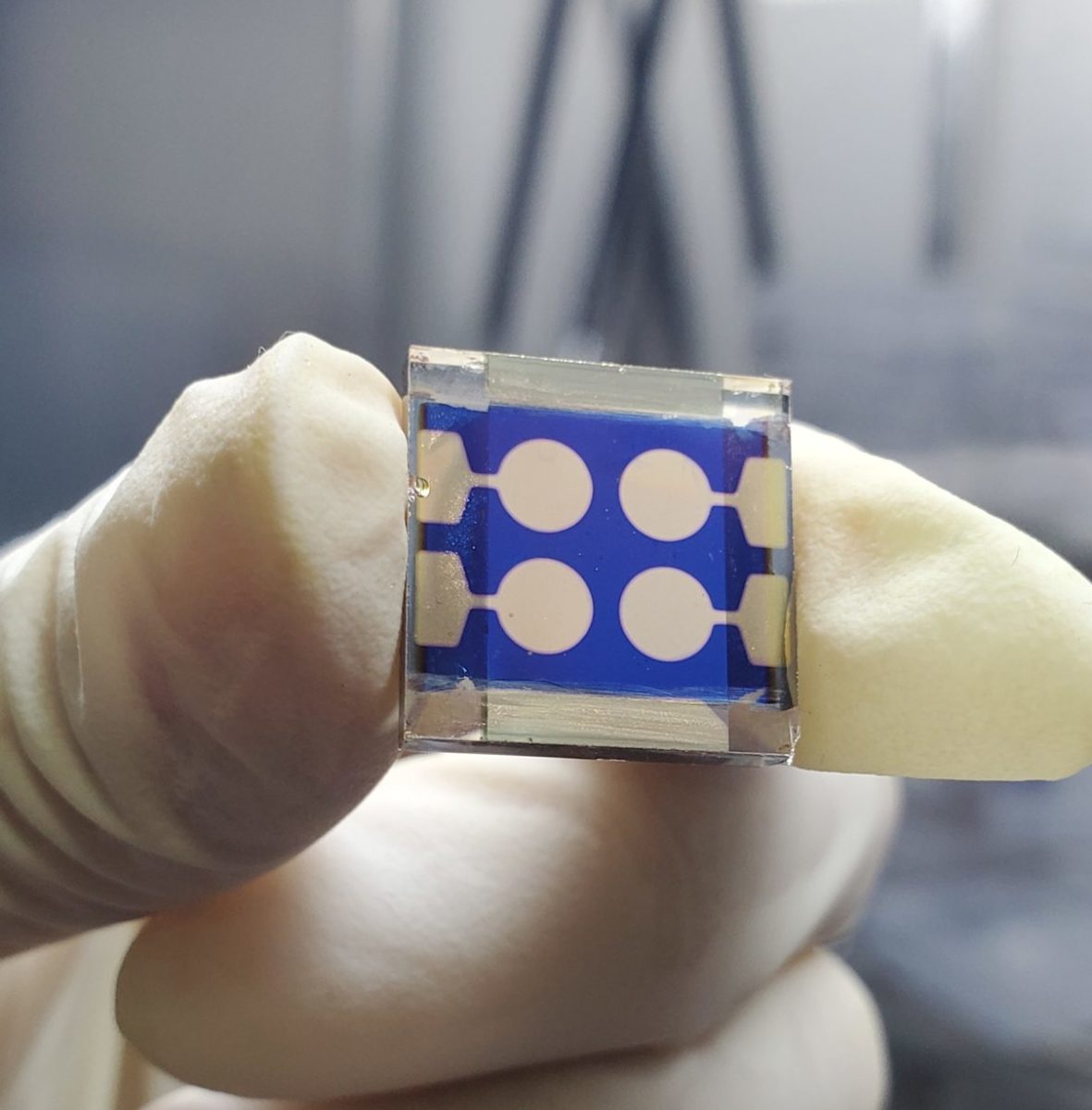Researchers from the University of Science and Technology of China (USTC) and Wuhan University have developed a solar cell based on antimony selenosulfide (Sb2(S,Se)3). They claim the new cell is the most efficient PV device ever to be built based on antimony.
They said the cell is the first serious candidate to approach commercial production among all thin-film solar cells relying on the earth-abundant and stable material. Sb2(S,Se)3 has a tunable bandgap in the range of 1.1-1.7 eV, which is optimal for harvesting sunlight, and a thickness of about 500 nanometers, which helps to increase light irradiation absorption.
The scientists achieved a 10.7% efficiency rating by using alkali metal fluorides as additives in the deposition of the Sb2(S,Se)3 thin films.
“Our mechanistic investigations show that the considerably enhanced film morphology and crystallinity, along with passivated and reduced defects, are responsible for the performance improvement,” the scientists said. “This approach is able to manipulate the S/Se gradient in the films and creates favorable energy alignment which facilitates the carrier transport.”
They fabricated the device with a buffer layer based on zinc sulfide oxide (Zn(O,S)) and cadmium sulfide (CdS). They synthesized the Sb2(S,Se)3 absorber layer with the hydrothermal deposition method and used Spiro-OMeTAD for the hole transport layer. They then assembled the cell with a gold (Au) layer deposited through thermal evaporation.
Popular content
The cell showed an open-circuit voltage of 0.673 V, a short-circuit current of 23.7 mA per cm2, and a fill factor of 66.8%. The scientists said it retained around 93% of its initial efficiency after 30 days of storage.
As a comparison, they built a reference cell without alkali metal fluorides as additives. It exhibited a power conversion efficiency of 9.2%, an open-circuit voltage of 0.663 V, a short-circuit current of 22.2 mA per cm2, and a fill factor of 62.6%. It was also able to retain around 89% of its initial efficiency.
“This investigation establishes a novel and highly efficient post-treatment approach for Sb2(S,Se)3 solar cells and would benefit the fabrication of other kinds of metal chalcogenide solar cells,” the academics said.
A complete description of the cell can be found in “Regulating Energy Band Alignment via Alkaline Metal Fluoride Assisted Solution Post-Treatment Enabling Sb2(S,Se)3 Solar Cells with 10.7% Efficiency,” which was recently published in Advanced Energy Materials.
This content is protected by copyright and may not be reused. If you want to cooperate with us and would like to reuse some of our content, please contact: editors@pv-magazine.com.



2 comments
By submitting this form you agree to pv magazine using your data for the purposes of publishing your comment.
Your personal data will only be disclosed or otherwise transmitted to third parties for the purposes of spam filtering or if this is necessary for technical maintenance of the website. Any other transfer to third parties will not take place unless this is justified on the basis of applicable data protection regulations or if pv magazine is legally obliged to do so.
You may revoke this consent at any time with effect for the future, in which case your personal data will be deleted immediately. Otherwise, your data will be deleted if pv magazine has processed your request or the purpose of data storage is fulfilled.
Further information on data privacy can be found in our Data Protection Policy.